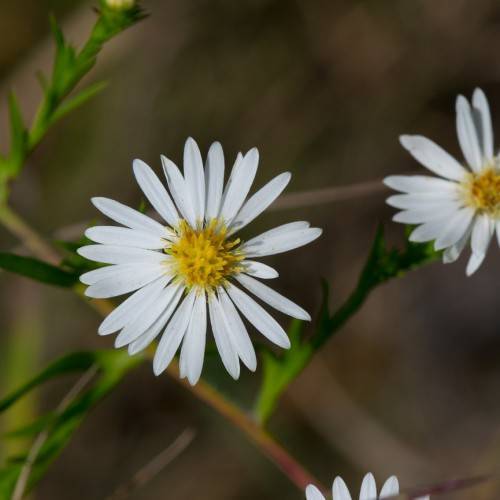
skyblue aster
Symphyotrichum oolentangiense
Cycle:
Herbaceous Perennial
Watering:
Minimum
Hardiness Zone:
3 - 8
Flowers:
Flowers
Sun:
Full sun
Leaf:
Yes
Growth Rate:
Low
Maintenance:
Low
Drought Tolerant:
Yes
Salt Tolerant:
Yes
Care Level:
Medium
watering
Skyblue asters need regular watering in order to perform at their best. Water deeply once a week, making sure to thoroughly wet the soil. This plant likes its soil kept fairly moist, so consider checking the soil with a finger once a week. If it feels dry, add more water, repeating until it is moist at least an inch below the surface. Do not let the soil dry out and avoid letting the plant sit in water or prolonged periods of wet soil, as it can encourage root rot.
sunlight
Skyblue aster is a sun-loving plant species that ideally requires 6-8 hours of direct sunlight per day. It is known to thrive and flower its best in full-sun locations. Planting in areas that receive full sunshine throughout the day is necessary for optimal plant performance. Skyblue aster does not necessarily need to experience the same amount of sunlight each day, but an overall 6-8 hours of direct sunlight exposure per day throughout the growing season is ideal. For best results, ensure consistent sun exposure for the plant.
pruning
Skyblue aster should be pruned once a year during dormancy, in late winter or early spring just before new growth begins. This is to ensure best flowering the following season. Start by cutting down the stems to just above the basal rosette of leaves. Removal of weak, dead, and damaged branches is also recommended to promote new and healthy growth. Prune out up to 1/3 of the stems to the ground, but be sure to leave a minimum of a few stems to preserve the overall shape and form of the plant. In addition to sterilizing pruning tools between cuts, rake and dispose of all plant debris to help prevent the spread of any pests or diseases.
